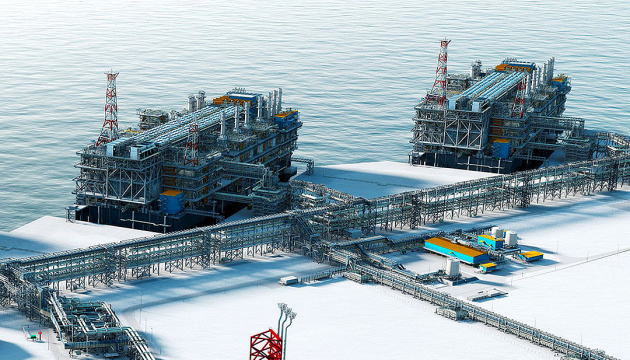The EU between Russia and the US: why “green” Europe is still financing the Kremlin’s war
30 September 14:35
According to a Greenpeace study, four EU countries-France, Belgium, Spain, and the Netherlands-spent 34.3 billion euros on Russian liquefied natural gas between 2022 and 2025. This is more than they together provided Ukraine with assistance during the full-scale invasion – 21.2 billion euros. This was reported by DW, according to [ komersant].
Despite the reduction in gas supplies through pipelines, Europe has increased purchases of LNG by sea tankers. This continues to bring billions to the Kremlin, Greenpeace notes.
Contracts and the Kremlin’s money
YamalLNG remains the main supplier of Russian gas. In 2022-2024 alone, its revenue from fuel sales to Europe reached $40 billion, of which about $9.5 billion went to the Russian budget in the form of taxes.
The authors of the study calculated that with these funds, Russia could finance the production of 9.5 million artillery shells, or 271 thousand Shahed drones, or almost 2.7 thousand T-90M tanks.
Sanctions and waiver plans
The EU plans to completely ban imports of Russian LNG from January 2027. This is provided for in the 19th sanctions package adopted in September 2025. The ban will also apply to transactions with Russian energy companies Rosneft and Gazpromneft .
However, until recently, Brussels had been saying that the end of 2027 was the likely date. The date was changed after pressure from US President Donald Trump, who accused Europe of “financing the war against Ukraine.”
New risk: dependence on the United States
Greenpeace warns that a break with the Kremlin could lead the EU into a new energy dependency, this time on the United States.
In the first half of 2025 alone, the EU imported 52.7 billion cubic meters of LNG from the United States. European companies are already signing long-term contracts for American gas produced by fracking.
“Aiming to cut ties with the Kremlin, Europe has found itself bound by long-term contracts with the United States. This makes the continent dependent on another supplier – with an unpredictable President Donald Trump,” the study says.
As a reminder, after Russia’s full-scale invasion in 2022, the EU announced a course to reduce energy dependence on the Kremlin. Gas supplies from Russia to Europe have more than halved, but the share of pipeline gas has been offset by LNG imports.
Ukraine has repeatedly called on its partners to impose a full embargo on Russian energy, arguing that every euro or dollar from these contracts directly finances the war.









